Enter a surname, town name or other keyword to search the database. Remember to
allow for the different spellings of 'Mc' and 'Mac.' Good luck!
{Search tips: Use single word search terms for more results}
You must enter some valid character(s) into the search field
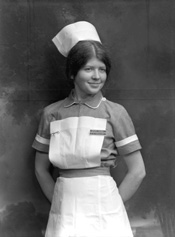
Reference: 48051a
Norma C. McCallum, staff nurse...
|
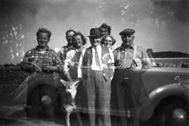
Reference: 832b
Double exposure of group of pe...
|
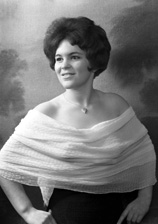
Reference: 46994
Ann Smith, Station Hotel, Inve...
|
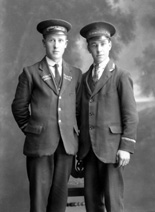
Reference: 25467
Alick MacAskill, (left) Neish&...
|

Reference: rc322
Two women outdoors. # ...
|
!['Rotterdam Harbour' by Jan Visser in 1946 (730mm x 970mm). Born in Rotterdam on 29th August 1897, Visser was a painter, water colourist and designer of stained glass, with subjects including harbours, portraits, interiors, animals and (very important to him), religion. Visser was taught, and was a teacher at, the Academy of Art in Rotterdam. He was also a member of the Pulchri Studio, a famous artist society in The Hague. There is a Visser work in the Museum Boijmans van Beuningen in Rotterdam, and samples can be seen online at: www.marcelgieling.nl [search: jan visser] and www.venduehuis.com/online_catalogus/veiling/14/rubriek/60/pagina/17#lightbox[23657]/0/ Visser died in Rotterdam on 16th September 1968. This brief biographical data was provided by Hans Wijgergangs of the RKD (Netherlands Institute for Art History), the world's leading information centre and central source for the study of Dutch art. The original painting of Rotterdam Harbour is held in a private collection in Inverness. * 'Rotterdam Harbour' by Jan Visser in 1946 (730mm x 970mm). Born in Rotterdam on 29th August 1897, Visser was a painter, water colourist and designer of stained glass, with subjects including harbours, portraits, interiors, animals and (very important to him), religion. Visser was taught, and was a teacher at, the Academy of Art in Rotterdam. He was also a member of the Pulchri Studio, a famous artist society in The Hague. There is a Visser work in the Museum Boijmans van Beuningen in Rotterdam, and samples can be seen online at: www.marcelgieling.nl [search: jan visser] and www.venduehuis.com/online_catalogus/veiling/14/rubriek/60/pagina/17#lightbox[23657]/0/ Visser died in Rotterdam on 16th September 1968. This brief biographical data was provided by Hans Wijgergangs of the RKD (Netherlands Institute for Art History), the world's leading information centre and central source for the study of Dutch art. The original painting of Rotterdam Harbour is held in a private collection in Inverness. *](archive/tn/47668_rotterdam.jpg)
Reference: 47668
'Rotterdam Harbour' by...
|

Reference: 39270.5
Mrs Johnston, Bridge Street, I...
|
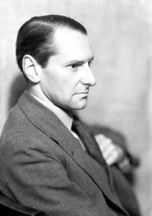
Reference: 29447c
Professor Charles Bernard Chil...
|
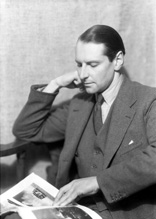
Reference: 29447b
Professor Charles Bernard Chil...
|
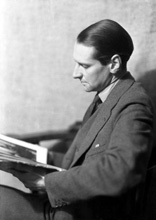
Reference: 29447a
Professor Charles Bernard Chil...
|
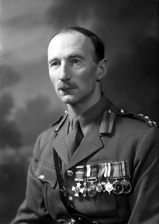
Reference: 43283i
Brigadier Eneas Grant, born 1...
|
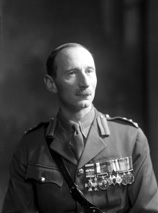
Reference: 43283h
Brigadier Eneas Grant, born 1...
|